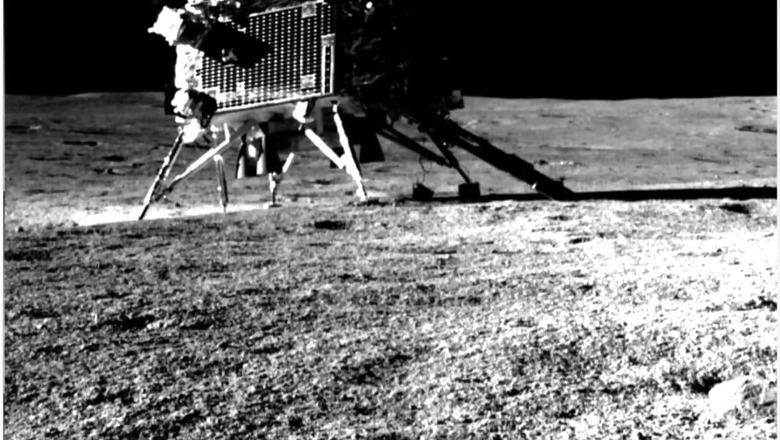
views
All eyes are on the Chandrayaan-3’s Vikram lander and Pragyan rover to ascertain their “wake-up condition” but ISRO has been unable to establish communication with the mission on the moon. The space agency has not yet received any signal from them but efforts to get in touch will continue. The two were “safely parked” and put into “sleep mode” almost a month ago after the rover completed its assignments.
Only two days ago, Vikram lander was turned off after it successfully completed a hop experiment by making another soft landing on the moon on command by firing its engines, elevating by about 40 cm and then landing safely at a distance of 30 to 40 cm away. But, ISRO has since been unable to communicate with the mission.
The two modules, which were put into sleep mode for the lunar night, were expected to wake up during the lunar sunrise on September 22. The fully charged solar panel is oriented to receive light during this time.
What happens if Vikram lander and Pragyan rover do not wake up? Here’s what you need to know:
- Earlier, while putting them into sleep mode, ISRO had said if the two do not wake up, they will “forever stay there as India’s lunar ambassador”. “Hoping for a successful awakening for another set of assignments! Else, it will forever stay there as India’s lunar ambassador,” wrote the space agency.
- Their waking up from sleep mode would take ISRO’s mission into its second phase. This would mark another milestone for India and enable the spacecraft to perform the same experiments over and over again.
- ISRO expects the rover and lander to receive usable amounts of sunlight and heat up above a certain temperature before beginning attempts to re-establish communications.
- The modules are programmed to wake up on receiving ample amounts of sunlight. The fact that ISRO cannot communicate with the mission could possibly mean that the two have not yet received the required light to wake up from their slumber.
- According to a report in NDTV, experts are hoping that the rover and lander might wake up at the crack of dawn — like China’s lunar lander Chang’e-4 and rover Yutu-2, which started operating again after surviving their first lunar night in 2019.




















Comments
0 comment